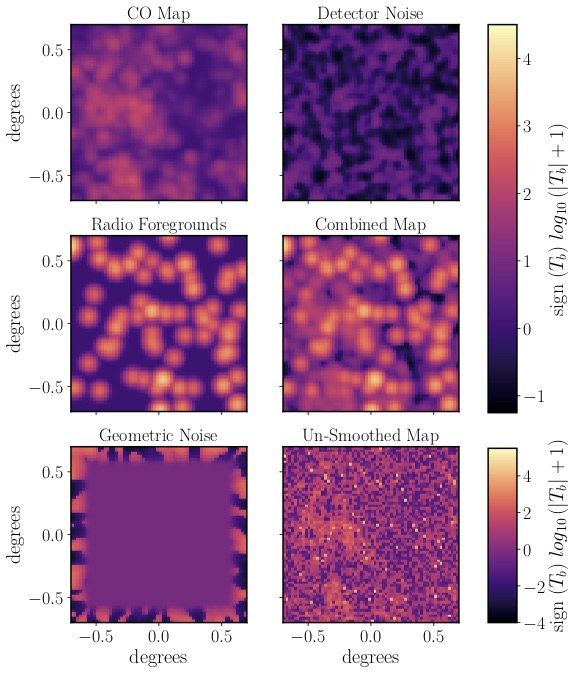The mass-Peak Patch algorithm for fast generation of deep all-sky dark matter halo catalogues and its N-Body validation
We present a detailed description and validation of our massively-parallel update to the mass-Peak Patch method, a fully predictive initial-space algorithm to quickly generate dark matter halo catalogues in very large cosmological volumes. We perform an extensive systematic comparison to a suite of N-body simulations covering a broad range of redshifts and simulation resolutions, and find that, without any parameter fitting, our method is able to generally reproduce N-body results while typically using over 3 orders of magnitude less CPU time, and a fraction of the memory cost. Instead of calculating the full non-linear gravitational collapse determined by an N-body simulation, the mass-Peak Patch method finds an overcomplete set of just-collapsed structures around a hierarchy of density-peak points by coarse-grained (homogeneous) ellipsoidal dynamics. A complete set of mass-peaks, or halos, is then determined by exclusion of overlapping patches, and second order Lagrangian displacements are used to move the halos to their final positions and to give their flow velocities. Our results show that the mass-Peak Patch method is well-suited for creating large ensembles of halo catalogues to mock cosmological surveys, and to aid in complex statistical interpretations of cosmological models.
PDF Abstract